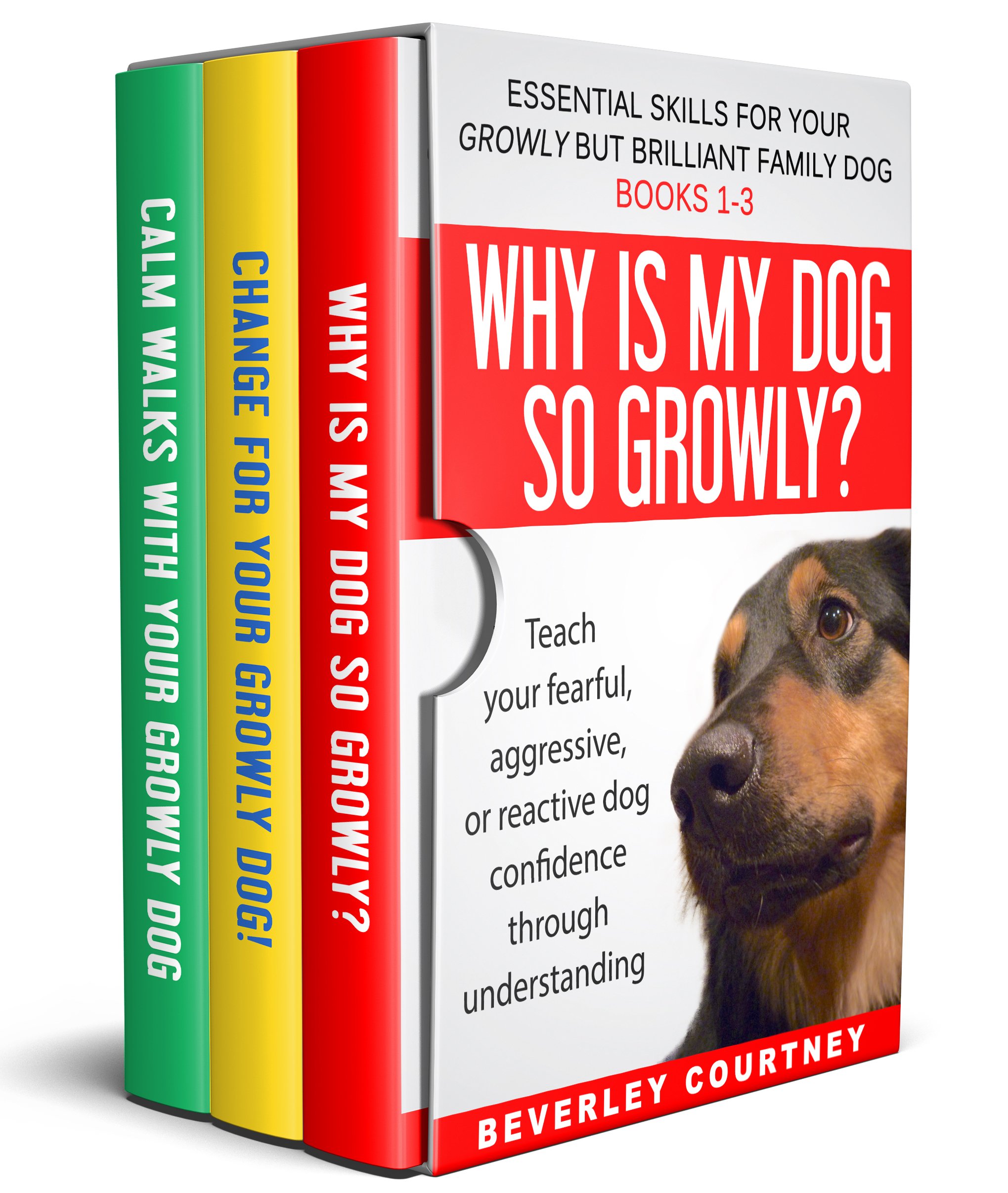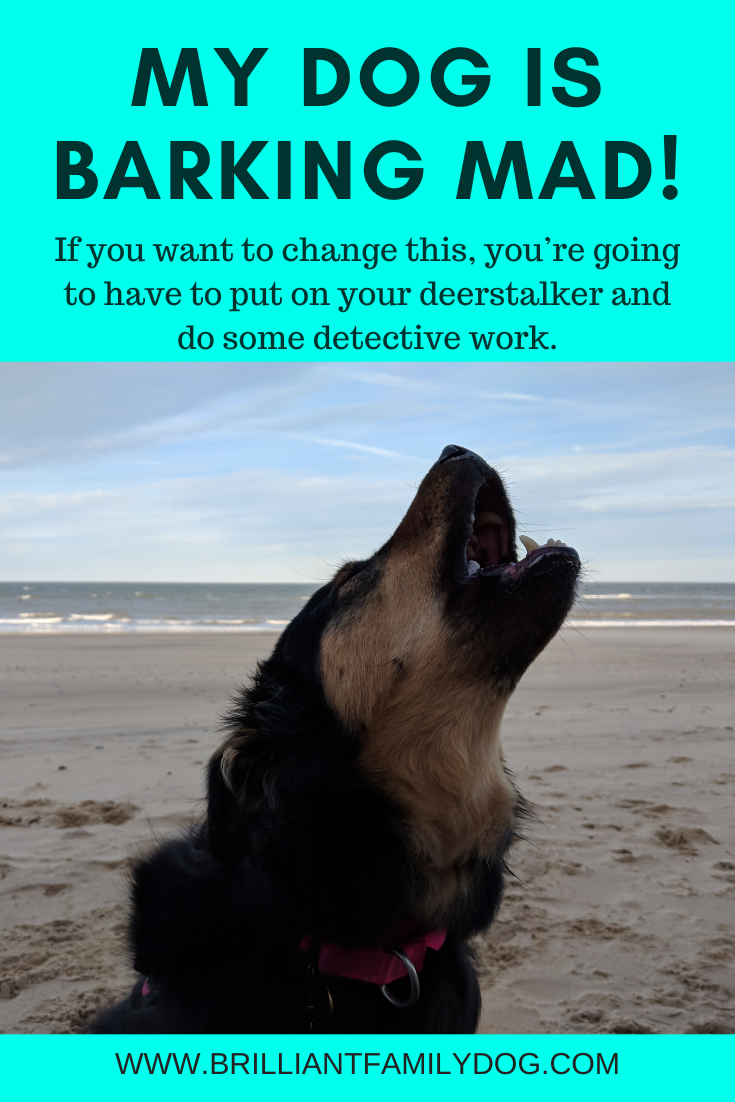There’s a charm, an utter delight, to be found in our old dogs.
Such loyalty and devotion down so many years demands equal loyalty and devotion from us.
And it's in reciprocating this love that you can find the deepest pleasure in giving - not in receiving, as you may be led to believe from all the noise and clamour around you!
Looking after your old friend is a pleasure, not a chore.
And a few simple thoughts may help you keep him or her fit and well for as long as possible.
The first thought, handed down to me many years ago by Bing Bellamy of Sealight Border Collies fame, was “Never leave an old dog wet.” Many of her dogs were kennelled so this was doubly important.
My old guy Rollo who you can see above - who sleeps indoors in comfort, and who’s 15½ now - would love to lie about on the wet grass. Nope! He’s not been allowed to stay outside in the wet for quite a few years now.
2. Similarly, make a comfortable bed for them. As many Border Collies do, Rollo eschewed comfy beds for years, always preferring the floor. But he’s always had the choice. And the mattress-style bed he has now has found favour with him, and although he normally starts the night on the floor, he shortly afterwards transfers to the bed for night-long comfort for his old bones.
3. For diet, my dogs have always been largely raw-fed, so no change is required. Rollo still has a good set of gnashers and has no difficulty crunching bones. I do think this is down to the raw feeding anyway.
Keeping an eye on your old dog’s poo is important to remember. You can get a lot of warning of change here. Raw-fed poo is small, very firm, and dry. Good stuff.
My dogs tend to make old bones - 14-16 years old - and I put this down to plenty of carefully-regulated exercise to suit the individual, a great varied diet, and keeping away from meds and routine treatments as far as possible!
Old age kicks in
4. A lot of dogs lose their hearing as they age. And Rollo has been pretty deaf for a couple of years now. He can still hear a high-pitched shriek or whistle (he’s lost the lower register) and chooses to stay very near me on walks, so he can still get plenty of off-lead exercise, snuffling, and mooching about.
5. His eyesight is also diminishing. But it doesn’t offer any problems at this stage and he can still see plenty. His long gaze into my face, accompanied by his ever-waving tail, show me that he can still see the important things in life - my love for him.
6. One thing it’s essential to keep up is stimulation! Whether that’s plenty of exercise or only a little, your old dog just needs to move a bit and enjoy the outside world - sniffing, mooching, snuffling - new scents and sounds, and to revisit favourite places. The beach is a firm favourite with Rollo, so we make sure to include beach visits regularly. These activities are all vital to keep his brain active and his days fun. It’ll also help keep those joints moving longer.
7. You’ll probably get to know your vet a bit better at this stage of your dog’s life. So be sure your vet is prepared to give your dog the extra time and care he may need.
There are new developments all the time, and a good vet will be aware of these, and can alleviate the pain of stiff old bones, perhaps giving your dog a new lease of life - those extra months or years that will be so precious!
I have found too that the services of a Canine Massage Therapist, or perhaps even a Physio, can also help greatly.
And at the end, if you can have your vet come to your house, rather than subject your very very old dog to one last distressing journey, that would be the best solution all round.
7. You have to allow extra time for your old fella, or old girl. Just a bit of extra time to negotiate corners, letting him become aware you’re wanting to get past, help on stairs, perhaps adding baby-gates to ensure he’s safe, making him feel as included as he’s always been.
I’d like you to read this article too: Celebrate your Dog while you still have her
And do tell us in the comments - how are you getting on with your dear old dog?


















